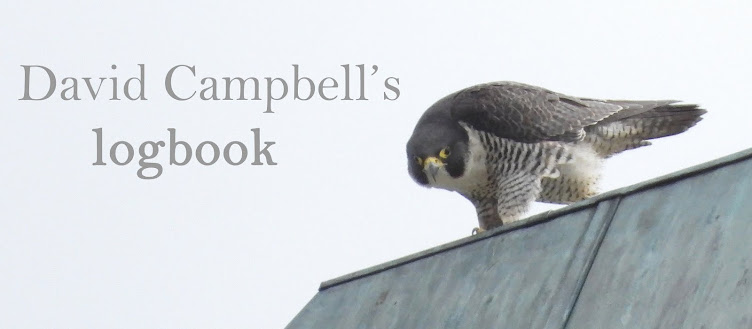Liam and I arranged to meet up for a day's birding today so I picked him up from Dorking at 11.00am and we set off for Stodmarsh, seeing as the apparently reliable Penduline Tit had come on the pager. As we were approaching the exit for Eastbourne the Bonaparte's Gull bleeped up so instead of this being our second destination we made a split second decision to secure this bird first. With it being a warm day for February and very sun-shiny I expected there to be tons of punters at this coastal spot gasping for an early taste of the warmer days to come but it wasn't too bad and parking was pretty straightforward. As was finding the BONAPARTE'S GULL. It showed down to thirty or forty feet in brilliant sunshine. I remarked that for a bird so close, so slow and in such strong light it was a right bugger to photograph. This was mainly because it seemed to have either severe OCD, a boredom complex or a nasty itch - it wouldn't stop bloody preening itself (especially its right wing) so getting the sharp, evenly lit profile shot that I wanted took a bit of time. This was a lifer for Liam. Only a plumage tick for me but by far my best views!
 |
| The Bonaparte's Gull could be picked out with the naked eye from its small size and endless preening! |
We watched the bird for about half an hour then pointed east for Penduline Tit. Which one, though? Dungeness was nearer but the Stodmarsh bird had more of a history of showing reliably, so we plumped for this bird. As we approached the towering city walls of Canterbury, we suddenly ended up under a huge blanket of thick cloud which also loomed over Stodmarsh and this lowered the light and temperature levels considerably. When we arrived the Penduline Tit hadn't been seen in nearly an hour and despite a fair bit of searching we couldn't locate it. As dusk approached we trudged along Lampen Wall to watch the harriers come to roost. No Marsh Harriers surprisingly but we did get spectacular views of a wonderful male Hen Harrier and three ringtails. Water Rails and Cetti's Warblers excerised their voices across the marsh and on the main lake there were a number of Great Crested Grebes and Pochards.







